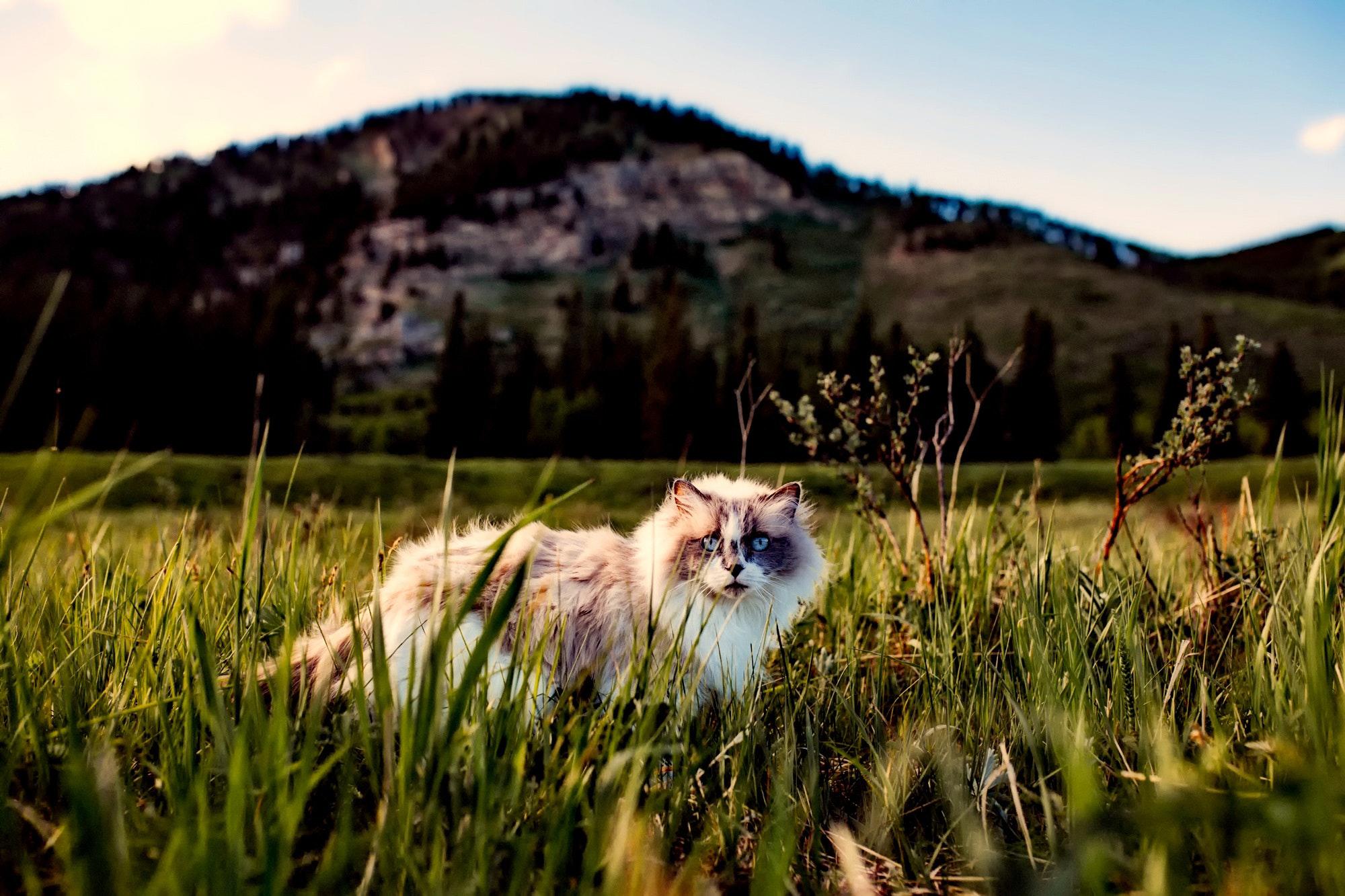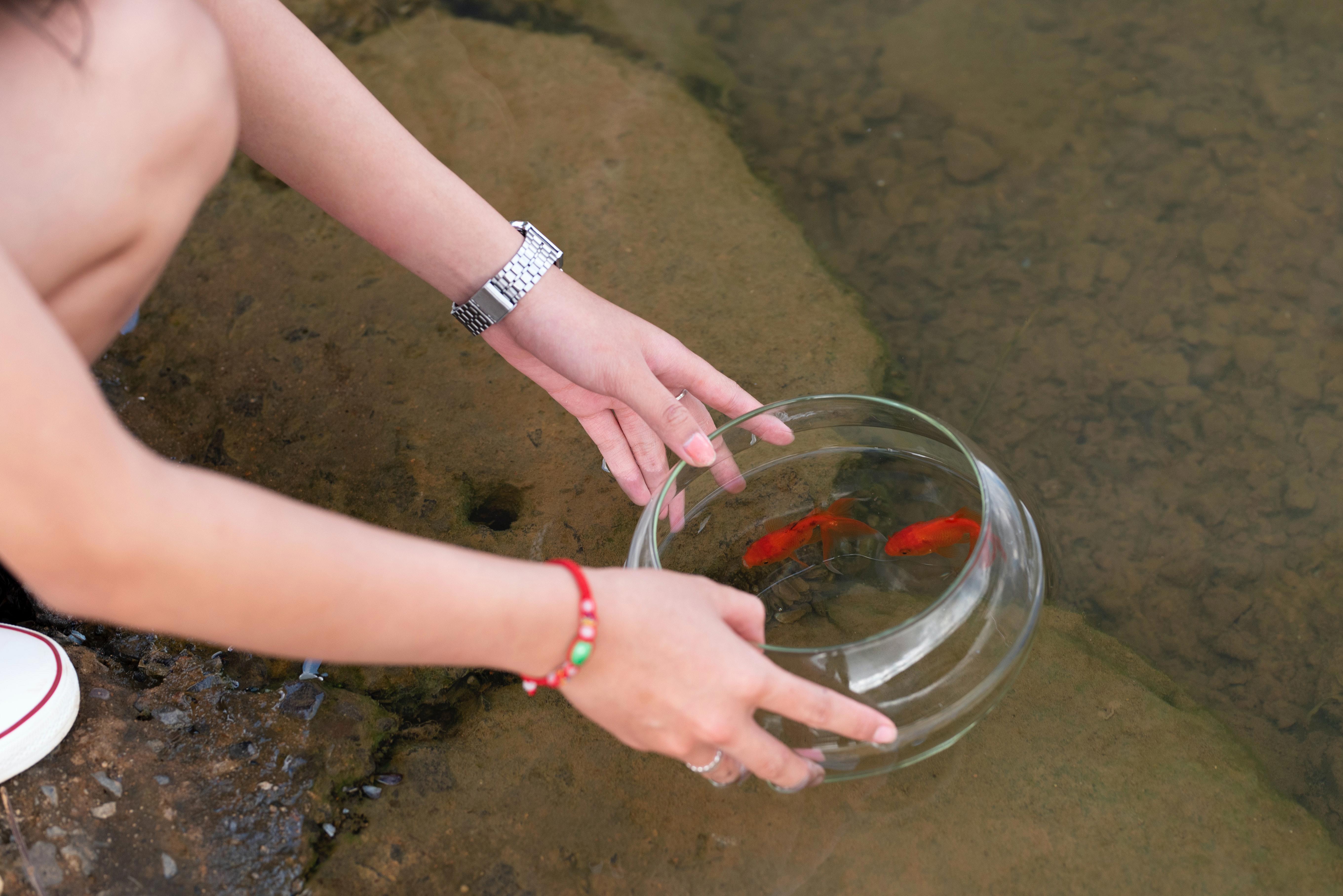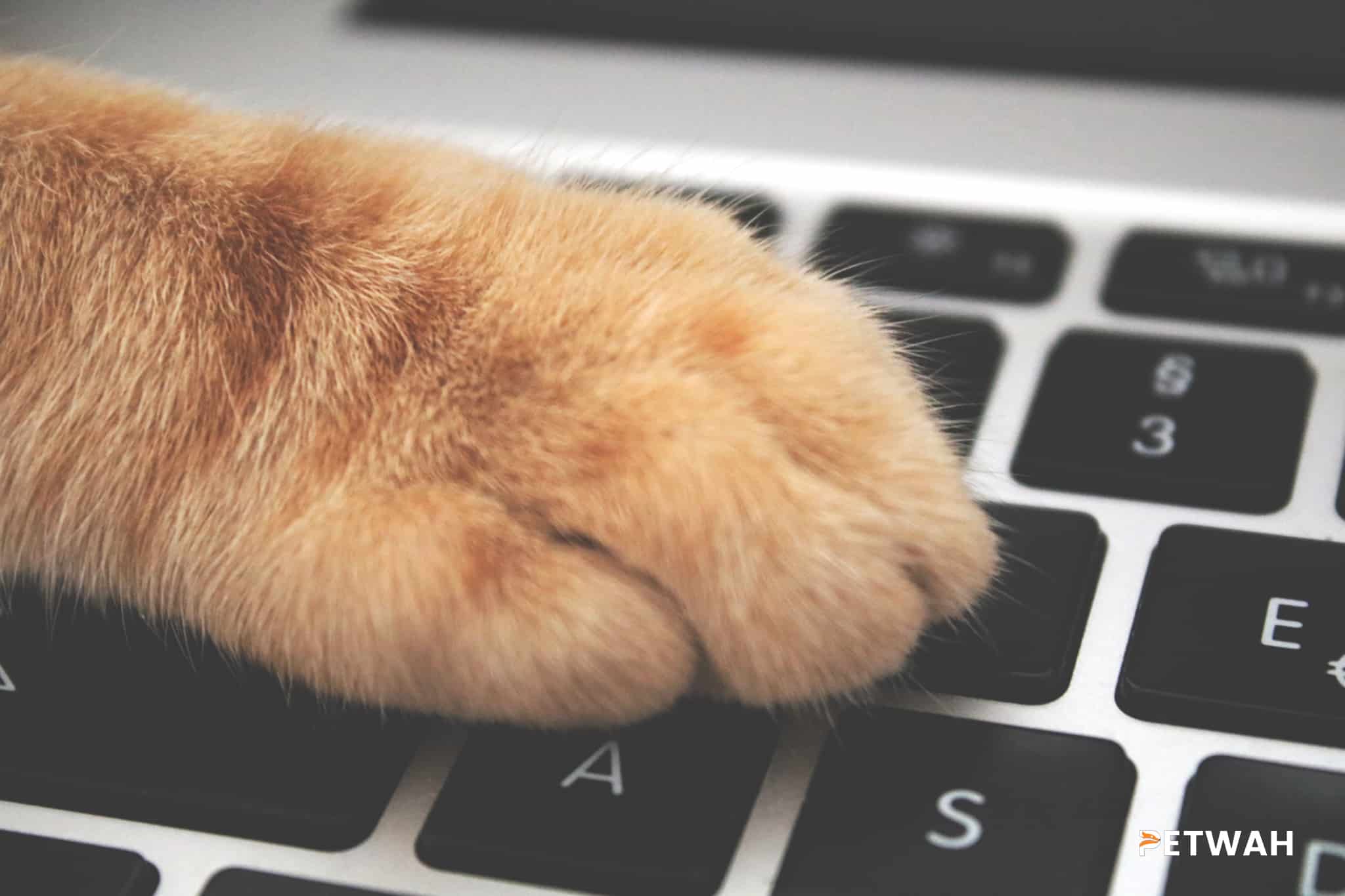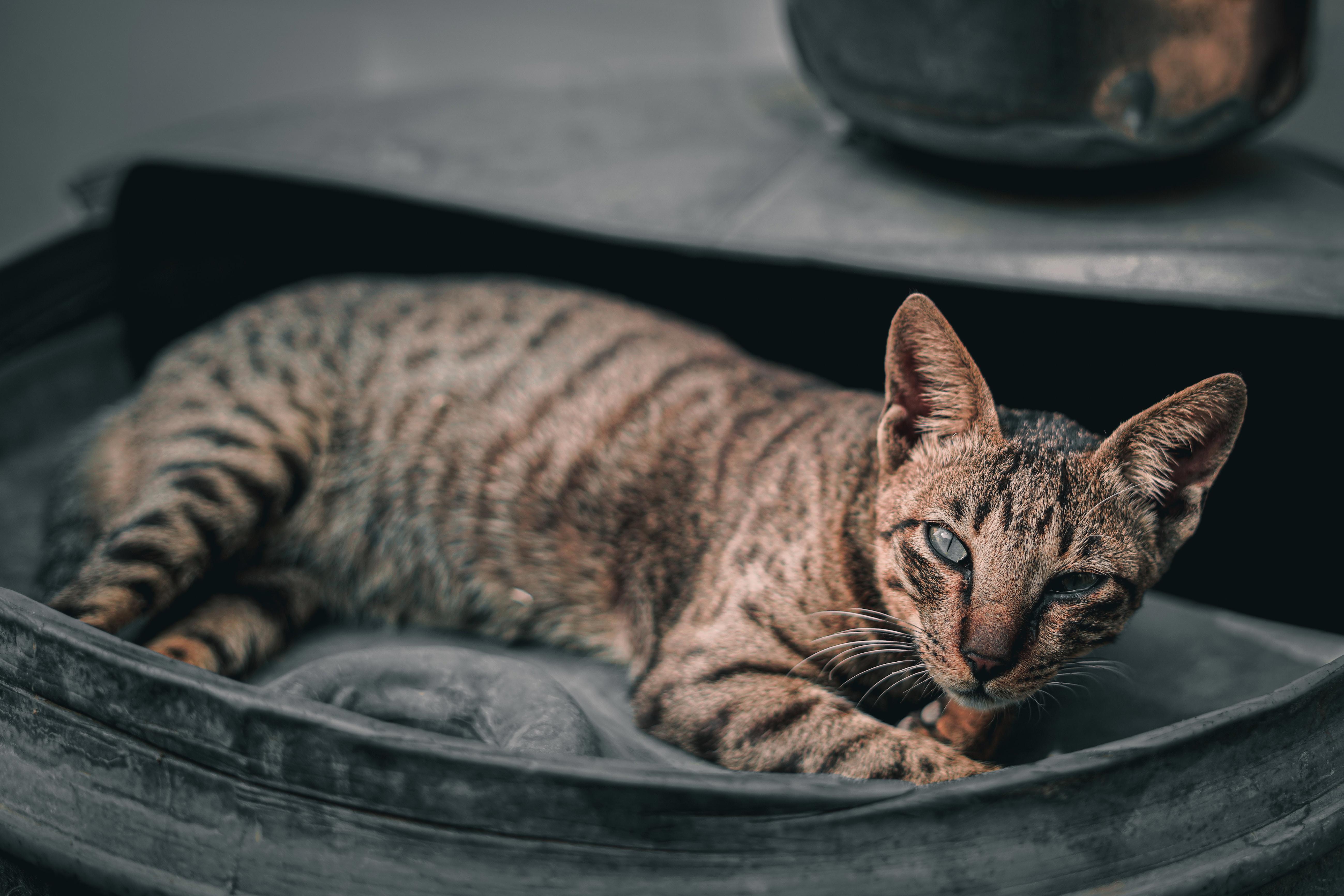If you have a cat who has recently lost their appetite or refuses to drink, you may be feeling concerned and overwhelmed. Cats are naturally curious, active, and playful creatures, so when they stop eating and drinking, it can be a cause for alarm. Fortunately, there are a few things you can do to help your cat get back to their normal appetite and hydration levels. In this blog post, we will provide some helpful tips for dealing with a cat who has lost their appetite or refuses to drink. With the right care and attention, you can help your cat regain their appetite and thirst.
If your cat has lost its appetite or has stopped drinking, it’s important to understand the underlying cause of this behavior. A lack of appetite and refusal to drink can be signs of a serious medical condition and should be addressed by a veterinarian as soon as possible. However, there are some steps you can take to encourage your cat to eat and drink.
1. Offer more options: If your cat is refusing to eat or drink, try offering a variety of food and water options. Different textures, flavors, and temperatures can all make a difference in whether your cat is willing to eat or drink. Try wet food, dry food, and treats. Also, experiment with different types of waterbowls, such as ceramic, stainless steel, and plastic.
2. Make it interesting: Try offering your cat food in interactive toys, such as food puzzles or treat balls. This can help make mealtime more fun, stimulating, and rewarding for your cat.
3. Make it comfortable: The eating and drinking space should be comfortable, quiet, and away from other pets or children. If your cat is feeling stressed, it may be less likely to eat or drink. Make sure the eating and drinking areas are in a quiet location and that there is plenty of space for your cat to move around.
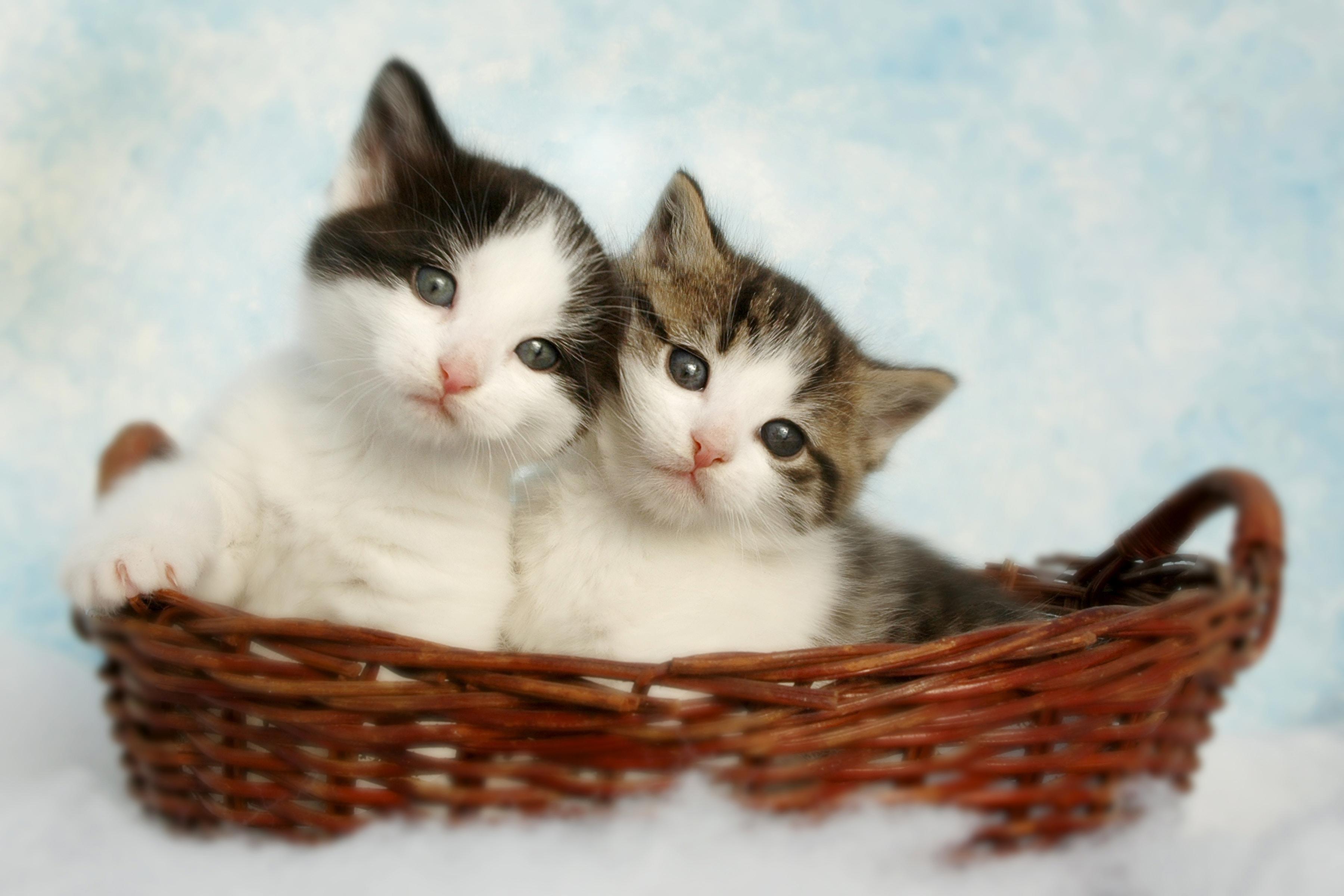
4. Make it social: Cats are social animals, and eating and drinking can be a great bonding experience. Offer your cat food or water when you are around and talking to your cat in a soothing voice.
5. Make it tasty: If your cat is still refusing to eat or drink, try adding a bit of flavor to make it more appealing. You can add a small amount of broth, tuna juice, or meat to the food or water to make it more palatable.
6. Consider supplements: If your cat is still refusing to eat or drink, there are a number of supplements that can be added to food or water to provide extra nutrition. Always consult with your veterinarian before adding any supplements to your cat’s diet.
7. Monitor your cat’s health: Pay close attention to your cat’s behavior and physical health. Check for any changes in weight, energy level, or general outlook. Make sure to keep your cat’s routine check-ups with the veterinarian.
By taking the above steps, you can help encourage your cat to eat and drink. However, if your cat still refuses to eat or drink, or if the behavior persists for more than a few days, it is important to contact your veterinarian. A lack of appetite and refusal to drink can be signs of a serious medical condition and should be addressed by a professional as soon as possible.
In conclusion, it is important to remember that cats can be sensitive creatures and their health should always be your top priority. If your cat has lost their appetite or is refusing to drink, it is important to take them to the vet as soon as possible to rule out any medical issues. Additionally, there are a number of ways you can try to encourage your cat to eat and drink, such as providing them with a variety of different wet and dry food choices, warming their food, and providing access to fresh, clean water. By taking the time to understand your cat’s individual needs, you can help ensure that they stay healthy and happy.


